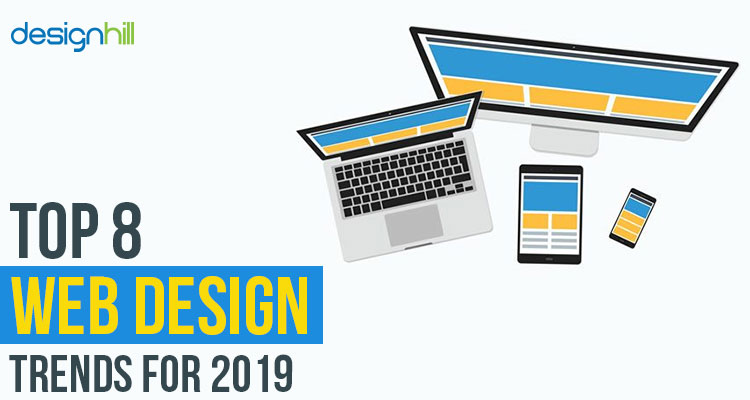Eager To Uncover How Internet Site Style Has Transformed Gradually? Dive Into The Advancement From Simpleness To User-Focused Experiences
Eager To Uncover How Internet Site Style Has Transformed Gradually? Dive Into The Advancement From Simpleness To User-Focused Experiences
Blog Article
Post Produced By-Hartley Hyldgaard
In the past, sites were simple and concentrated on information. Navigating was straight, and design was for desktops. Currently, customer experience is vital. Data guides styles for easy navigating. Receptive formats fit various gadgets. Today, dark mode lowers stress, and minimal food selections enhance navigation. Interactive attributes involve individuals, and vibrant visuals stand apart. AI assimilation enhances involvement. See just how design has advanced to boost your on-line trip.
Very Early Days of Web Design
In the early days of web design, simpleness reigned supreme. Websites were fundamental, with restricted shades, typefaces, and designs. The focus got on providing information instead of showy visuals. https://southfloridareporter.com/8-tools-for-digital-marketing-success/ accessed the internet via slow-moving dial-up connections, so rate and capability were essential.
Navigation food selections were straightforward, normally located on top or side of the page. Sites were designed for home computer, as mobile browsing had not been yet common. Content was king, and designers prioritized easy readability over complicated design elements.
HTML was the key coding language utilized, and designers had to function within its constraints. Animations and interactive features were minimal contrasted to today's standards. Internet sites were fixed, with little dynamic web content or tailored individual experiences.
Surge of User-Focused Style
With the advancement of internet site layout, a change towards user-focused design concepts has actually come to be progressively prominent. Today, producing sites that prioritize user experience is vital for involving site visitors and achieving organization goals. User-focused design entails understanding the needs, choices, and behaviors of your target market to customize the internet site's design, content, and includes as necessary.
Designers currently perform complete research study, such as user studies and usability testing, to gather understandings and responses directly from customers. This data-driven approach assists in producing instinctive navigating, clear calls-to-action, and visually attractive interfaces that reverberate with site visitors. By putting the customer at the center of the layout process, internet sites can deliver a much more customized and delightful experience.
Receptive layout has additionally become a vital element of user-focused layout, making sure that sites are enhanced for various devices and screen sizes. This adaptability improves ease of access and usability, accommodating the diverse means customers connect with internet sites today. Fundamentally, the rise of user-focused layout indicates a shift in the direction of developing digital experiences that focus on the demands and assumptions of completion individual.
Modern Trends in Website Design
Discover the current trends shaping website design today. One famous pattern is dark setting layout, providing a smooth and contemporary appearance while minimizing eye stress in low-light environments. Another key trend is minimalist navigation, streamlining menus and enhancing user experience by focusing on essential elements. Including micro-interactions, such as computer animated switches or scrolling effects, can develop a much more interesting and interactive internet site. Receptive design continues to be crucial, making sure seamless individual experiences across various tools. Furthermore, using https://www.bbntimes.com/society/addiction-rehab-marketing-tips-and-tricks-that-will-attract-more-clients and unbalanced layouts can include aesthetic rate of interest and draw attention to certain content.
Incorporating AI innovation, like chatbots for customer assistance or customized suggestions, enhances user engagement and improves processes. Ease of access has also come to be a considerable trend, with designers focusing on comprehensive design techniques to accommodate diverse user demands. Accepting sustainability by maximizing website performance for rate and efficiency is another emerging trend in website design. Working together with user responses and data analytics to repeat and improve layout constantly is crucial for staying pertinent in the ever-evolving electronic landscape. By welcoming these modern-day patterns, you can create an aesthetically enticing, user-friendly site that resonates with your audience.
Final thought
As you review the evolution of site layout from the early days to now, you can see just how user-focused layout has actually become the driving pressure behind modern-day fads.
Welcome the journey of adjustment and adaptation in web design, always maintaining the individual experience at the leading edge.
Stay current with the most recent trends and technologies, and never ever stop evolving your method to develop visually spectacular and easy to use web sites.
Advance, adjust, and produce - the future of web design remains in your hands.
